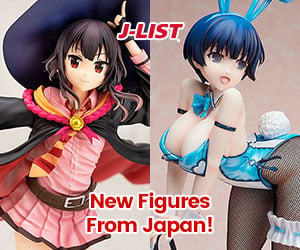Although coffee and Western tea are popular in Japan, many prefer the wide variety of Asian teas that would likely be perceived as “green tea” to most Westerners. The word for tea in Japanese is cha, and like many concepts that are especially important to every day life here, the word usually gets the “honorific” prefix o, making ocha. Popular varieties of tea enjoyed regularly include ryoku-cha, a slightly weak green tea; mugi-cha, a pleasant-tasting tea made from barley that’s enjoyed in the hot summer; or genmai-cha, tea with roasted grains of unhulled rice in it. Oolong-cha, a dark refreshing tea from China, is perhaps the best-selling bottled beverage in Japan; it’s nice because it cuts through oil, washing down anything greasy you’ve eaten, and the Chinese use it to clean the fingers while eating. Coca-Cola became the leading drink maker in the Japanese beverage market by being very smart about local tastes, and their popular Sokenbi-cha, which blends many different types of tea, is one of the top-selling bottled teas on the market. The other type of green tea is matcha, a bitter tea made from powder, used in the Japanese tea ceremony and is also a popular flavoring for ice cream and traditional sweets. The best matcha tea comes from Uji, a town a few kilometers outside of Kyoto, and this year’s Matcha Kit Kat goes out of its way to advertise Uji Matcha on its box.
The Best Anime of 2025: Our Favorite Happy, Sad, and Ecchi Moments!
2025 is winding down, and today is a great time to look back at all the amazing anime fans got...
















